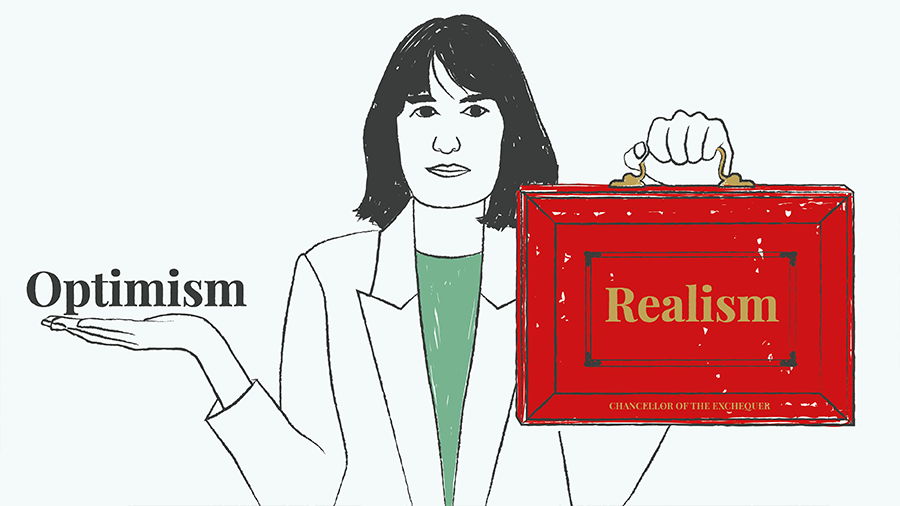We’ve all known candidates who sounded ferociously impressive at interview, who had a glittering record of success in well-respected firms, and who then fell flat on their faces when they joined yours.

While it’s tempting to assume that these people were paper tigers, who just seemed more talented than they were, it’s improbable that someone could rise to senior positions without anything good going for them.
A far more likely reason that they failed when they joined your business is that they weren’t a good fit. To a lot of people this can sound both intuitive – we all know when someone doesn’t fit, right? – but also quite vague.
The challenge with hiring for fit, rather than talent, is that if you approach it without rigour it can easily turn into an excuse to exclude people.
“He doesn’t like test cricket” is a reasonable exclusion criterion if you’re auditioning for a drinking buddy, but not if you want a colleague who will drive the business forward.
“She never gets my ideas” is possibly even worse: groupthink is an insidious thing in any organisation, as is sycophancy.
“I can’t work with this person” may be closer to the mark, but even then you’ve got to be careful to understand why. If you behave dysfunctionally as a leader or team – being unresponsive or unavailable, making decisions without involving the appropriate parties, playing office politics, allowing your mood to undermine your consistency – then the problem isn’t with the new person for not fitting in, it’s with you.
Understanding fit and why it matters
There are in fact several types of fit, each important in their own way.
Job fit is whether a person’s skills, personality and aspirations match what the role offers and what it requires to be successful. An ambitious, gregarious engineer with top people skills is far more likely to suit a management role than one that requires them to crunch equations in a room on their own for hours on end.
Team fit is an extension of this, around whether a new person is complementary to those they’ll be working with. Someone who’s creative but rather disorganised can be a powerful addition to a team of methodical, by-the-book sorts, but the team might struggle if they’re all like that.
Culture fit is around whether someone’s attitudes, expectations, norms, working practices and values match those of the wider organisation (and in larger organisations where there are subcultures, of their particular segment in that organisation). A simple example – though as we will see, this is a very broad category – could be a person who’s rather formal and not interested in small talk coming to an office where the norm is chit-chat.
Finding people who fit can be a bigger problem than finding the people with talent, simply because people who don’t fit, don’t stay. As Professor Jennifer Chatman wrote as far back as 1991, after conducting extensive research on the subject, “When people do not fit their environment they experience feelings of incompetence and anxiety. When they do fit they experience more positive and less negative affect, and they are likely to choose to stay in that environment.”
The figures back it up: a major LinkedIn survey from 2018 found that 71% of professionals would take a pay cut to work for a company that shared their values and had a mission they believed in, the implication of course being that they would leave their current employer if those things were lacking.
Solving for fit
The good news is that a lot of fit problems are relatively easily resolved, so long as you’ve diagnosed them properly.
Job fit normally goes wrong because the role hasn’t been well defined, and therefore isn’t what one or both parties thought it was. Even if you only discover that too late, you can often move a person to a position that suits them better.
Team fit issues can also sometimes be resolved by moving or rearranging teams so that the most people can have the most impact.
Culture fit problems are harder, but even then it depends on specifics.
Norms and working practices – for example, scheduling daily team meetings at 8.30am, which could be fine for a team of twenty somethings without kids but a real problem for a working parent – should not prevent someone from participating or feeling like they belong, and you should actively look to intervene in occasions where that happens.
If someone joins a team where everyone swears a lot and feels deeply uncomfortable with it, then that too would be an occasion where the culture needs fixing, not the candidate.
As you can see, most issues with fit can be solved. One area that is tricky is values and we’ll be covering that in a blog next week.
















